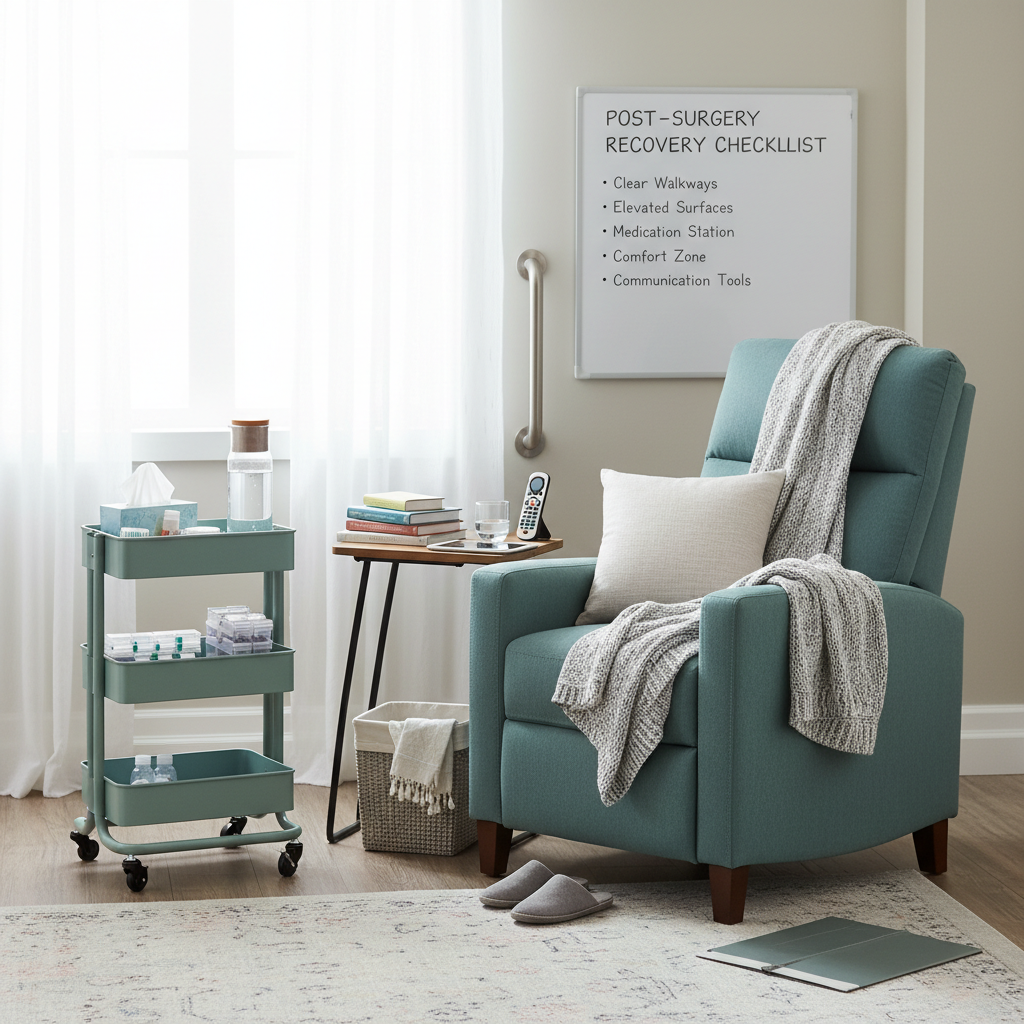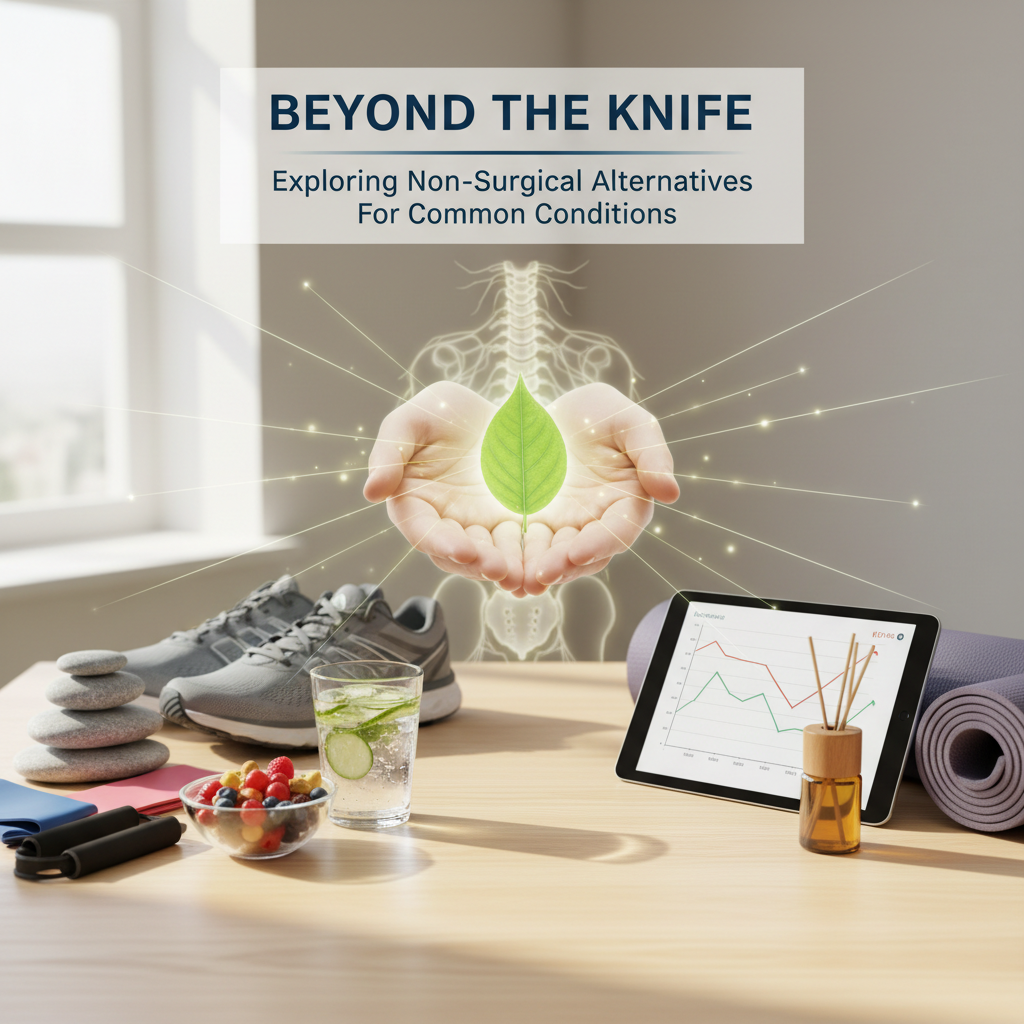Beyond the Scars: Managing and Minimizing Surgical Scarring
For patients recovering from surgery, people with a history of thick or keloid scars, and anyone staring at a fresh incision thinking “please heal flat,” this is for you. Learn more about recovering from surgery. You’re worried about redness that lingers for months, itching that drives you mad at 2 a.m., raised edges that catch the light in photos, and the very real fear that nothing actually works. Our team guides people through post-surgery scar care every single week—setting timelines, picking the right products, and performing in-office scar treatments—so you don’t have to guess or Google at midnight. Learn more about post-surgery scar care.
Why do surgical scars form, and why do some become hypertrophic or keloid?
Short answer: your body is patching a hole. Collagen races in to close the wound, then remodels for months. If that collagen response goes a bit overboard, you get hypertrophic scars (raised but within the incision) or keloid scars (grow beyond the original cut, often itchy and firm). Genetics matter—if Aunt Maria keloids, pay attention—and so do location (chest, shoulders, jawline are high-risk), tension on the wound, and sun exposure. I’ve noticed chest incisions during summer wedding season almost always look angrier without strict sunscreen.
How do I minimize surgical scars after surgery? (A week-by-week plan)
Here’s the practical, no-fluff roadmap. Save it. Screenshot it. It works. Learn more about recovery roadmap.
Days 0–7: Protect and don’t pick
- Keep the incision clean and covered as advised by your surgeon. Moist wound healing wins—think petrolatum, not letting it dry out.
- No scrubbing, no retinol, no exfoliants. Zero.
- Don’t smoke or vape nicotine. It chokes blood flow and slows collagen remodeling. Learn more about collagen remodeling.
Weeks 2–4: Start silicone once the wound is closed
- Silicone sheets or gel are the backbone of post-surgery scar care. Use daily. I recommend 20 hours/day for 12 weeks.
- Begin gentle sunscreen (SPF 50) every morning on healed skin. Reapply if the area sees sun. Sun locks in redness for months.
- If tension is an issue (e.g., tummy tuck, knee), consider paper tape across the line for 6 weeks to offload pull.
Week 3+: Add scar massage when cleared
- Once fully closed and non-tender, massage with a bland moisturizer: 5 minutes, 3 times daily, for 8 weeks. Circular, vertical, and horizontal strokes.
- It helps soften collagen and reduce tightness. Set a phone reminder—tiny habit, big payoff.
Week 6–12: Reassess and escalate if needed
- Still thick or itchy? Hypertrophic scars often respond to low-dose steroid injections. We typically use triamcinolone 10 mg/mL every 4 weeks for 3 sessions.
- Visible redness? A 595 nm pulsed dye laser can fade the red and flatten early. Plan 3 sessions, 4 weeks apart.
- Keloid-prone area (ears, shoulders)? Pressure therapy helps—ear clips 23 hours/day for 6 months are standard after removal.
3–12 months: Remodeling and patience
- Microneedling or fractional lasers can improve texture and thickness starting around month 3 when the scar is stable.
- Scar revision surgery (cutting and re-closure) is usually considered at 12 months for mature scars not responding to other care.
What are the best treatments for surgical scar treatment and scar revision?
There isn’t one “best”—there’s a best sequence for your scar. Here’s how we stack the deck.
Do silicone sheets and gels actually work?
Yes. Silicone is the most evidence-backed noninvasive option for minimizing surgical scars. It normalizes hydration and signals fibroblasts to chill out. Use consistently—20 hours/day for 12 weeks—and you’ll usually see softer, flatter, less red scars. Sheets on flat areas, gel for curves or faces. And no, Bio-Oil isn’t silicone (SkinTok loves it, but the data is stronger for silicone).
Do lasers help surgical scars?
Vascular lasers (like 595 nm PDL) reduce redness and thickness. Fractional lasers target texture and contour. We’ll often start PDL at week 8 if a scar is fiery red, then add fractional resurfacing after month 3. It’s like switching from a bicycle to a tuned e-bike—same journey, faster results.
Are steroid injections safe for hypertrophic and keloid scars?
In experienced hands, yes. Intralesional triamcinolone softens raised scars and calms itch. We use precise dosing to avoid atrophy (dents) or lightening. For keloids, pairing steroids with 5-FU or verapamil increases success. Expect 3 sessions first, then reassess.
When is surgical scar revision the right move?
Scar revision helps when the problem is poor alignment, wide scars from tension, or tethering. We typically wait 12 months so the biology settles. Real talk: revision improves, not erases. But reshaping the line and redistributing tension can make a “staring” scar fade into the background.
Hypertrophic vs keloid scars: what’s the difference?
- Hypertrophic scars: Raised, red, stay within the original incision. Often improve over a year with silicone, massage, lasers, and mild injections.
- Keloid scars: Extend beyond the incision, can be bulky, itchy, sometimes painful. Higher recurrence risk—needs combo therapy (steroid + 5-FU, pressure, silicone, sometimes radiation after excision).
If you’ve ever had a keloid from a pierced ear, flag it before surgery. We’ll build a preventive plan on day 1.
What should I avoid so scars don’t look worse?
- Unprotected sun. Use SPF 50 daily for 6 months—especially spring and summer when UV spikes.
- Nicotine for at least 4 weeks after surgery. It sabotages healing.
- Picking scabs or “testing” the glue. Just don’t.
- Harsh scrubs, acids, retinoids on fresh scars. Introduce slow after month 2 if your doctor agrees.
- Vitamin E on fresh scars. A small clinical study reported dermatitis in 33% of users with no cosmetic benefit. Silicone wins here.
Can surgical scars be removed completely?
No—scars can be faded, flattened, and softened, not erased. The goal is distraction: make it unremarkable in real life and photos. With smart post-surgery scar care, targeted treatments, and time, most patients get there. And if this feels overwhelming, our team can handle it for you so you can heal and, honestly, stop thinking about your scar every time you look in the mirror.
FAQ: Surgical scar treatment and care
When can I start scar massage after surgery?
Start once the incision is fully closed with no scabs—often around week 3, but get your surgeon’s green light. Aim for 5 minutes, 3 times daily, for 8 weeks.
How soon can I use silicone sheets?
Begin silicone as soon as the skin is closed and dry—typically between week 2 and 3. Wear 20 hours/day for 12 weeks for best results.
Do over-the-counter scar creams work?
Some do, many don’t. Look for medical-grade silicone or onion extract with supporting data. Avoid strong fragrances and essential oils on fresh scars—they irritate.
Will insurance cover scar revision?
Cosmetic improvements are often self-pay. If a scar limits function (e.g., contracture on a joint), coverage is sometimes possible. We document symptoms and submit pre-auth when appropriate.
What if my scar is getting bigger after month 2?
Growing beyond the incision, itching, and firm edges suggest a keloid trajectory. Stop irritants, keep silicone on, and book a visit—early steroid injections or laser can change the path quickly.




